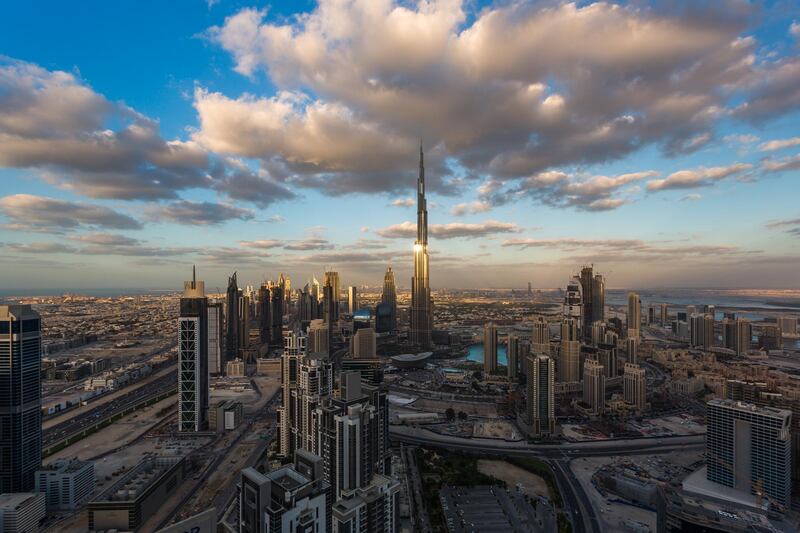The number of ultra-high-net-worth individuals (UHNWIs), those with personal assets of $30 million or more, living in Dubai increased by 12 per cent between 2015 and 2016, and is expected to rise by a further 60 per cent by 2026, according to real estate consultancy Knight Frank’s annual Wealth Report.
“Dubai’s appeal as a safe-haven location in the wider region and the city’s growth as a leading financial and business centre has meant wealth creation has flourished over the last decade,” said the report’s Dubai City Series, published on Wednesday.
UHNWI growth in Dubai outpaced that of other global financial hubs such as New York, Singapore and Hong Kong, which all saw 6 per cent growth in UHNWIs year-on-year in 2016, and London, where the proportion declined by 5 per cent as wealth flows moved eastwards.
In total, Dubai had 1,060 UHNWIs in 2016, as well as 2,350 multi-millionaires with assets of $10m or more, and 50,400 millionaires with assets over $1m, according to the report, which compiles data from market research group New World Wealth and does not contain 2017 figures.
Dubai currently ranks as the 25th largest city in the world by number of UHNWIs. It has the highest concentration of UHNWIs, multi-millionaires and millionaires of any Middle East city, and those three categories account for 63 per cent of the UAE’s wealthy residents, Knight Frank added.
Globally, the number of UHNWIs is expected to grow by 42 per cent between 2016 and 2026, with Asia set to account for the bulk of the increase, the report shows. The number of UHNWIs in China has soared 281 per cent in the past decade and is predicted to more than double again, by 140 per cent, by 2026.
_______________
Read more:
[ Dubai a magnet for the world’s wealthy, says Knight Frank ]
[ Weak dollar makes UAE real estate affordable for foreign buyers, analysts say ]
[ What does 2018 hold for your investment portfolio? ]
_______________
This has positive implications for the UAE, which has continued to diversify its foreign trade partners in recent years, including China and other parts of the Far East and South Asia, Knight Frank said.
For example, Dubai Investment Development Agency and Invest Shanghai signed a co-operation agreement in 2016, and Dubai International Financial Centre Courts has a partnership with the Shanghai High People’s Court aimed at fostering secure trade links between the two.
As a result of ongoing cooperation, a total of 4,200 Chinese companies have set up a base in Dubai. “Bilateral trade relations continue to deepen … These trends should help to underpin future wealth creation in Dubai,” the report said.
Other growth drivers for wealth generation in the emirate in the coming years include improving economic expansion – the World Bank forecasts 3.5 per cent GDP growth for Dubai in 2018, up from 1.7 per cent in 2017 – plus the modest pick-up in oil prices and the declining US dollar, “which may encourage firms to resume capital expenditure given Dubai’s reliance on foreign consumer spending”, the Knight Frank report said.
Population growth is another factor. The emirate’s population ballooned 76 per cent in the decade to 2016.
With the rise in wealthy individuals, the average price of prime residential property in Dubai – defined as the most expensive 5 per cent of real estate – rose 6.1 per cent in the five years to the end of 2017. The emirate is expected to lure more ultra-wealthy buyers in the years ahead with its strategic location and improving infrastructure, the report said.
“Factors such as relative affordability, ownership costs and the influence of currency fluctuations make Dubai attractive to wealthy residents from across the UAE, the wider Asian region and further afield,” said Lord Andrew Hay, global head of residential at Knight Frank.





